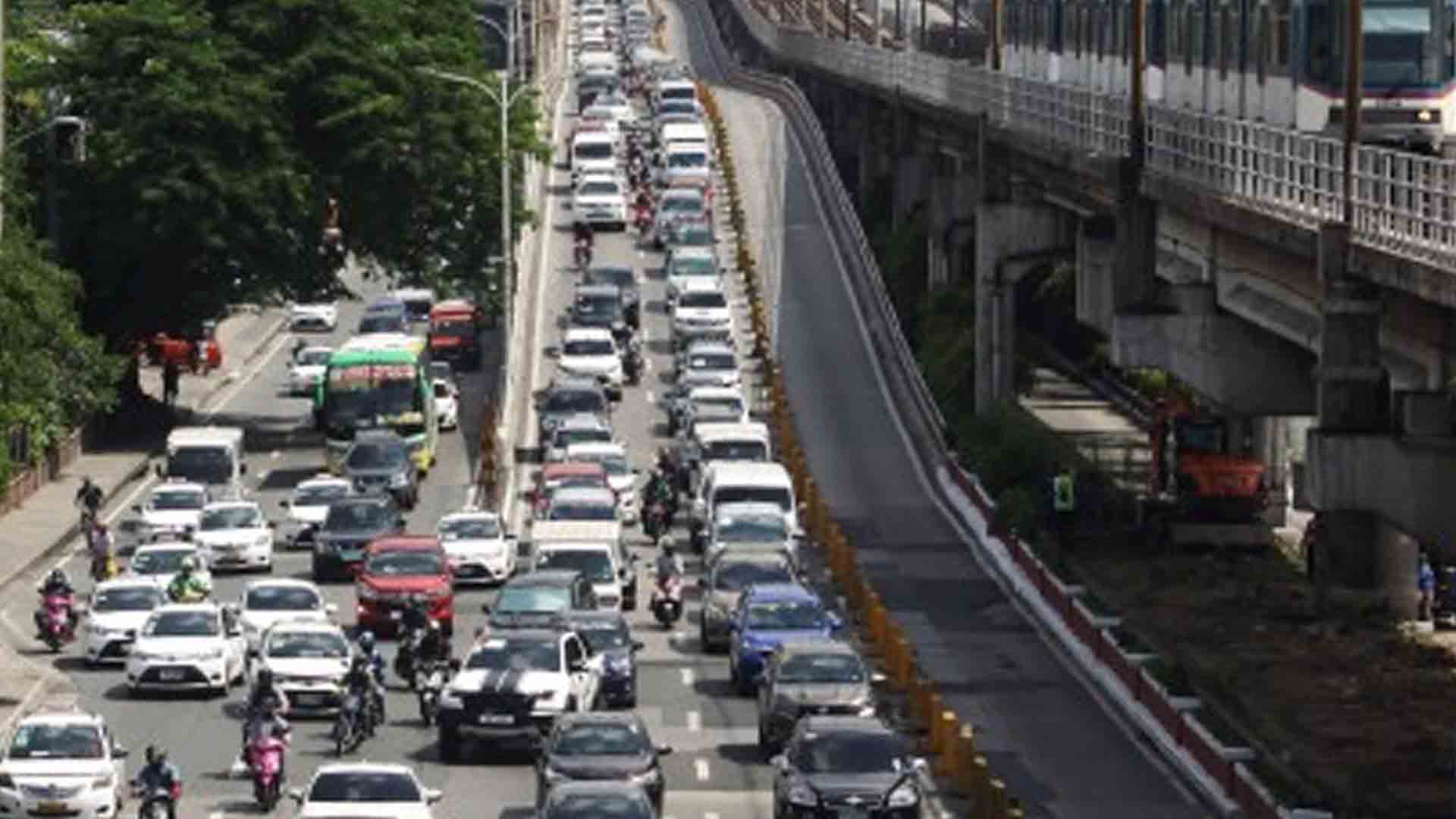By: Dr. Teodoro Herbosa, Dr. Michael Hernandez, Dr. Manuel Francisco, Dr. Esperanza Cabral, Dr. Ma. Dominga Padilla, and Dr. Rontgene Solante
While the efforts of the IATF, the Department of Health, and the One Hospital Command to address the COVID-19 pandemic have successfully increased and improved current hospital capacity, there is now an urgent need to revitalize our country. We need to emerge from the current recession that has severely impacted livelihoods. This will enable our countrymen to work again, so that they can feed their families and support their communities. The economic enablement of Filipinos translates to their health and welfare.
However, we cannot build back the economy without increasing public transport capacity, which has been operating at only 20-30% of pre-pandemic levels due to understandable fears of outbreaks arising from congested public transport spaces.
We write this statement as an expert panel of doctors with diverse backgrounds, including public health, epidemiology and infectious diseases, all with the intention of seeing our country get back on its feet as safely as possible. What we outline below was presented to several IATF members yesterday, September 14, 2020, as part of a more comprehensive set of recommendations to aid the country in reviving the economy while adhering to comprehensive public health standards.
We advocate strictly implementing what we call the 7 Commandments, for all public transportation:
1. Wearing of proper face masks
2. Wearing of face shields
3. No talking and no eating
4. Adequate ventilation
5. Frequent and proper disinfection
6. No symptomatic passengers
7. Appropriate physical distancing
We believe that the combination of these measures will be amongst the most comprehensive in the world, based on our consultation with international experts. These 7 Commandments need to be strictly enforced and independently monitored in their implementation. By imposing these strict measures, we believe we can gradually relax social distancing rules, in order to double or even triple our current public transport capacity, without compromising public health.
A recent study from Duke University, for example, shows that surgical masks reduce droplet transmission by up to 99%, and that the simple act of not talking can reduce droplet counts by up to 4x. In addition, a meta-analysis published on June 22, 2020 in The Lancet, a leading international medical journal, shows that face masks and face shields can independently reduce the chance of viral transmission by up to 5-fold and 3-fold, respectively. In China, Japan, Korea, Singapore, Taiwan, Vietnam, and other countries, passengers wear face masks while sitting side-by-side in trains, while COVID cases remain manageable.
With regards to appropriate physical distancing, the World Health Organization recommends: “To the extent possible, keep a distance of at least 1 meter from other passengers when purchasing tickets, waiting to board public transport, and moving around public
transport stations.”
While WHO recommends keeping a distance of 1 meter from other passengers to the extent possible, it allows for adjustments based on context. Given our other recommended health interventions, we propose the gradual reduction of the physical distancing norm during transit to 0.5 meters or lower. Based on our review of the scientific literature and the policies and experiences of neighboring countries, we believe the evidence shows physical distancing can be maintained below 1 meter, so long as other health measures are also implemented.
To be clear, there are many more layers to our proposal and the studies we are reviewing. Public policy has no quick-and-easy solutions, and addressing the transport crisis in this pandemic is no exception. Where possible, we would like to engage in further dialogue with the IATF, medical and transportation experts, and other stakeholders, about our proposal. We also encourage a discussion of other groups’ thoughts on health and other matters, including the overall increase of the supply of safe public transportation such as rail, buses, jeepneys, motorcycle taxis, and Transport Network Vehicle Services (TNVS), and the use of other options such as cycling, walking, and private shuttles. We also recommend the full institutionalization of private sector expert consultation to further improve our overall management of the economy and public health.
The comparative toll on Filipinos from a further prolonged recession is much more devastating than the manageable risks entailed in our plan. We believe that there is a way forward that carefully balances a careful reopening of public transport capacity, with public health, while allowing purposeful flexibility to re-adjust measures based on actual and evolving data from the ground.
The success of this plan is by no means guaranteed. It relies on the proper implementation and enforcement of these measures by the relevant agencies. Critically, it also requires the education of the public, who must take full responsibility for compliance with the 7 Commandments. This plan’s success also rests on continuous monitoring and data-driven evaluation by public health experts.








